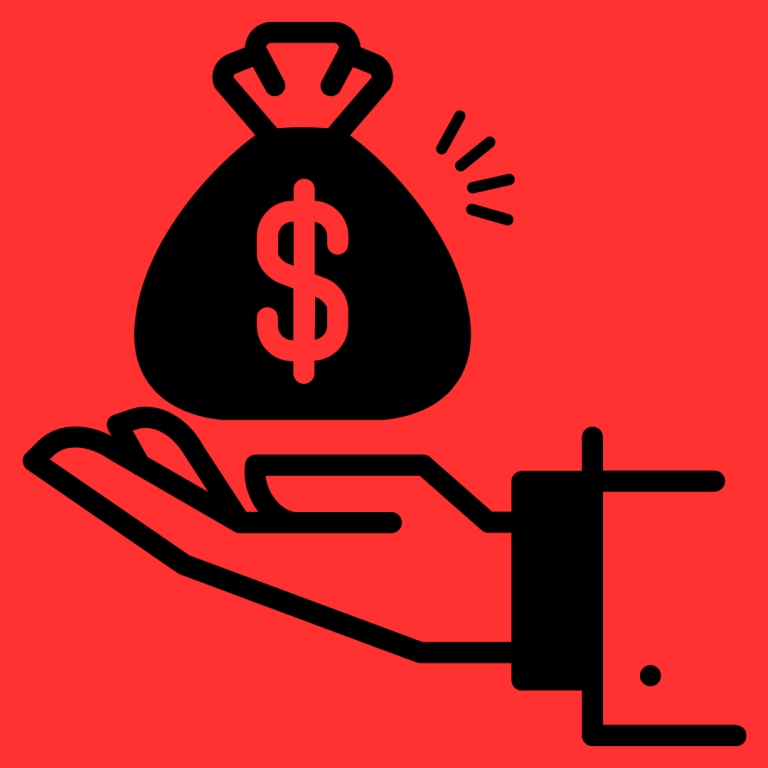In its January 19th issue, Science reported on the increasingly aggressive and corrupt methods that paper mills are employing to get bogus research published in respected journals. You can listen to the Science podcast for an interview with the author of the article, Frederik Joelving from Retraction Watch.
Last year Nicholas Wise, a fluid dynamics researcher at Cambridge with an interest in scientific fraud, found Facebook postings by Olive Academic (a Chinese paper mill) offering substantial payments to journal editors to accept papers for publication. Further digging revealed payments of up to $20,000 and a list of more than 50 journal editors who had signed on. Wise and other experts in scientific fraud joined up with Science and Retraction Watch to investigate if this was an isolated incident or more widespread. They found similar activity by several other paper mills and more than 30 editors of reputable journals who were complicit. Publishers like Elsevier and Taylor and Francis say they are under siege, admitting that their journal editors are regularly approached with bribes from paper mills.
Special editions of journals were found to be most vulnerable to these scams because they are often edited by individuals or teams separate from the regular editorial boards. The investigation found that paper mills will at times engineer entire special issues themselves. “The latest generation papermill, they’re like the entire production line” (Joelving, 2024). Open access special issues can generate large profits for publishers based on the fees collected from authors, sometimes via paper mills. Wiley, Elsevier and other well known publishers have had regular journal editors involved in these special issue scams.
As a result of the investigation Hindawi and its parent company Wiley pulled thousands of papers in special issues due to compromised peer review and Wiley announced in December that the Hindawi brand would be suspended. The Hindawi retracted papers had ties to Tamjeed Publishing that acted as a broker between paper mills and multiple editors.
The need to publish to advance in certain professions becomes especially problematic in places where students or young professionals cannot easily attain the training or resources to do research that is publishable. This creates the market for paper mills. More than half of Chinese medical residents surveyed in a preprint referred to in the Science story said they had engaged in research misconduct such as buying papers or fabricating results. The Financial Times reported last year on how widespread the problem is in China and how it “threatens to overwhelm the editorial processes of a significant number of journals.”(Olcott and Smith, 2023)
It’s not just a problem in China. India, Russia, a number of ex-Soviet countries and Saudi Arabia are also common sources of paper mills engaging in these practices. There is concern that papers coming from these countries will start to draw extra scrutiny, creating potential inequities for researchers from them.
Though there is now increased awareness and a desire by reputable publishers to crack down on fraud, it is difficult and time consuming to do. The exponential growth of peer review fraud and sham papers make it all but impossible to ferret out all the publications that should be retracted. An analysis by Nature late last year concluded that over 10,000 articles were retracted in 2023 with retractions rising at a rate that far exceeds the growth of scientific papers. And they speculate it’s just the tip of the iceberg.
Retraction Watch alerts of retracted articles are available for Himmelfarb Library users when searching Health Information @ Himmelfarb, the library catalog, and when using the LibKey Nomad browser extension or BrowZine to connect to full-text. Read more about the service.
Sources
Joelving, F. (2024). Paper trail. Science (American Association for the Advancement of Science), 383(6680), 252–255. https://doi.org/10.1126/science.ado0309
Olcott, E., & Smith, A. (2023). China’s fake science industry: how ‘paper mills’ threaten progress. FT.Com. https://wrlc-gwahlth.primo.exlibrisgroup.com/permalink/01WRLC_GWAHLTH/1c5oj26/cdi_proquest_reports_2791535957
Van Noorden, R. (2023). More than 10,000 research papers were retracted in 2023 - a new record. Nature, 624, 479-481. www.nature.com/articles/d41586-023-03974-8




